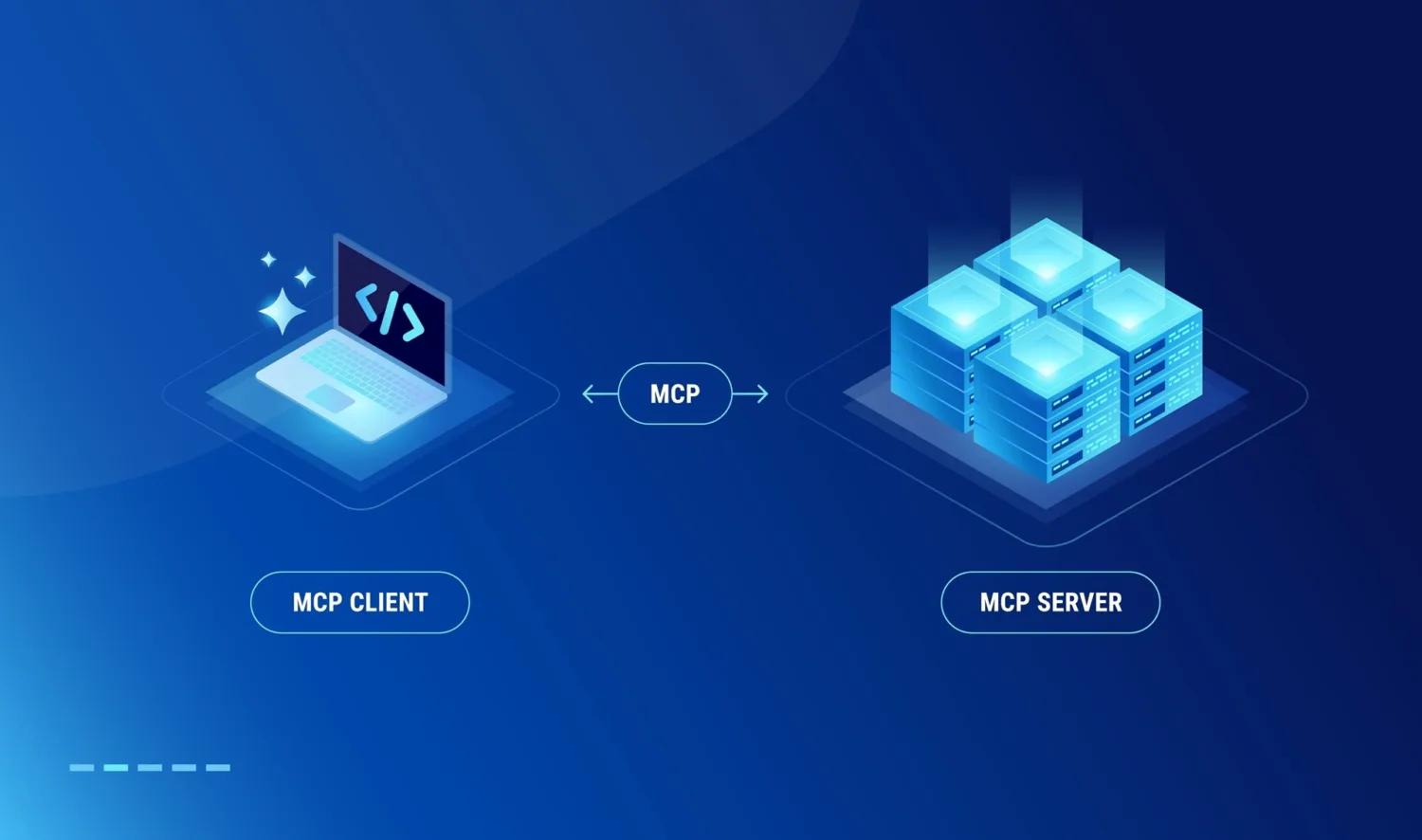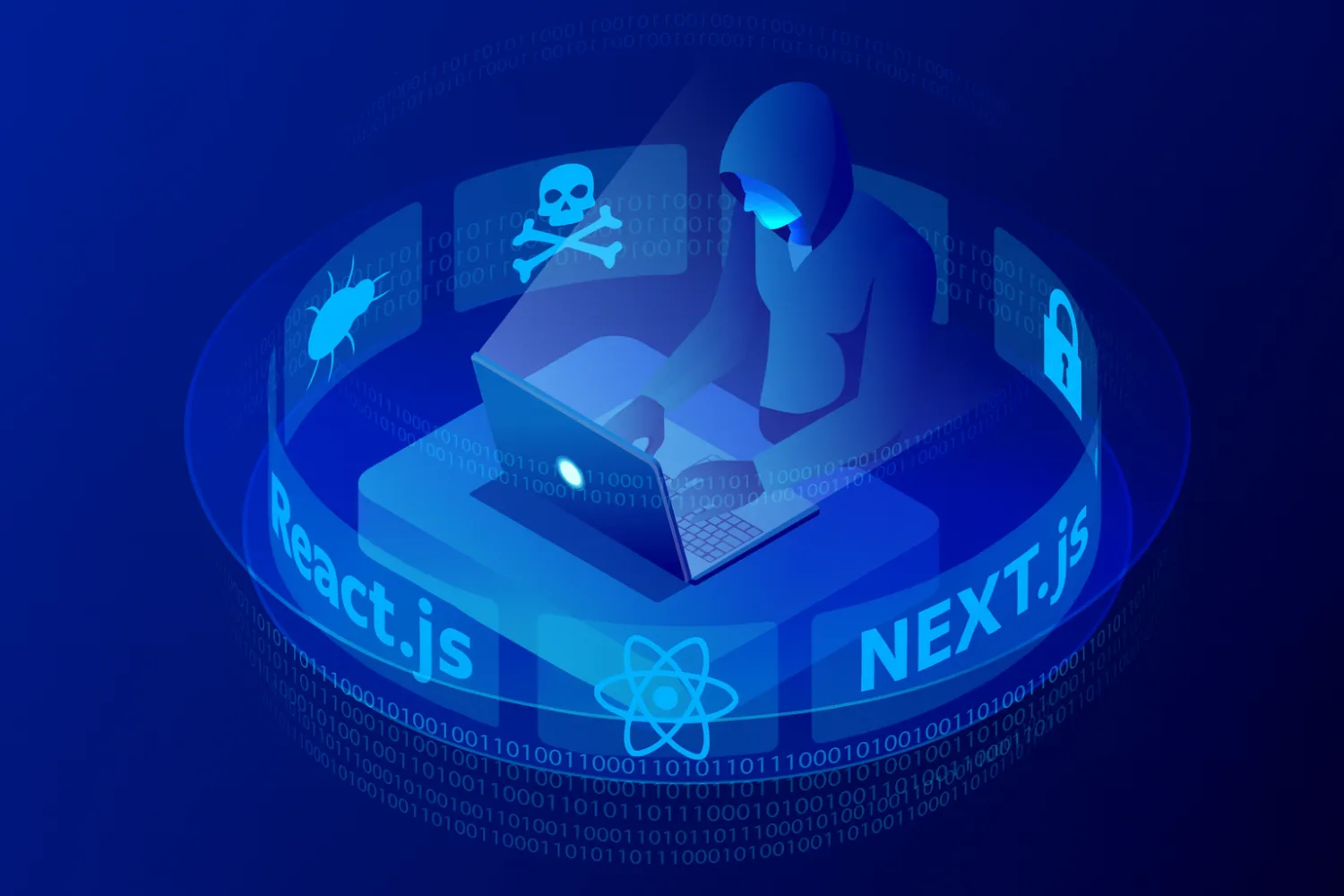5 Tips for Evaluating & Implementing an ASPM Solution

Application Security Posture Management (ASPM) is rapidly emerging as an essential solution to develop and maintain secure software at scale. Software security has become incredibly complex. The perfect storm of rapid development cycles, expanding attack surfaces, siloed testing data, cloud-native architectures, and intricate DevOps tooling and processes have made software security more difficult to track and manage than ever. ASPM solutions unify these disparate elements to provide clear visibility into security posture and enable risk-based prioritization and automation. However, like most things in software security, implementing a successful ASPM solution is a journey not without its pitfalls. Here are five considerations to help you navigate your ASPM journey.
“By 2026, over 40% of organizations developing proprietary applications will adopt ASPM to more rapidly identify and resolve application security issues.” – Innovation Insight for Application Security Posture Management, Gartner
1. Start from a solid foundation
Before starting, consider these questions. Why are you implementing an ASPM program? Which security risks are you looking to identify and lower? Do you have an accurate picture of your application portfolio, dependencies, software supply chain, infrastructure, and assets? While ASPM is a key enabling solution to achieve application security maturity, that does not mean every organization is at the right stage in their maturity to successfully implement an ASPM program.
Start with a deep dive into current software, data, and infrastructure assets alongside current application security practices, tools, processes, and policies. By developing a solid business case for ASPM, alongside solid, up-to-date application security policies, you can ensure that you will find the right-fit solution for your organization.
The OWASP Application Security Program Quick Start Guide is a good place to start if you are standing up a new Application Security program.
2. Evaluate solutions carefully
“Move away from these point solutions…look at things more from a platform play”. – Al Ghous, 2023 Cybersecurity Predictions: From AppSec to Platform Tools
Because of the complexity of ASPM, evaluating ASPM solutions should include key stakeholders and a comprehensive consideration. The solution should undergo a technical evaluation to ensure it meets the diverse needs of developers, security teams, and operations. Does it work with the tools teams already use? While application security testing (AST) suites and platforms offer some correlation and synergies across their testing suites, well over 50% of organizations prioritize best-of-breed tools. At its best, ASPM provides organizations the best of both worlds: unified visibility to manage software security holistically and the flexibility to choose the tools that best meet their needs – and critically the tools developers will adopt.
Through the development of an ASPM process, certain “must-haves” will arise. These need to be documented and part of the evaluation process. Knowing which features are necessary and which are “nice to have” will help you define and implement a solution that serves the end goals and will help you achieve desired outcomes.
It is critical that the most knowledgeable people on all of these teams are involved in going over evaluations, being present during demos, etc. While someone else may take the lead to initially evaluate solutions and vendors, a technical evaluation should include all the key stakeholders.
3. Ensure developer buy-in
Developers are at the core of a successful software security program. For an ASPM program to be effective, it has to make a developer’s life easier and not more difficult. If the solution adds further confusion and workarounds or takes a lot longer to use, then developers will feel hostile towards the whole situation. In contrast, if an ASPM solution optimizes developer efforts by reducing workloads to the riskiest findings and automating security workflows, it is a key solution to build collaboration across teams enabling each to focus on driving value for the organization.
When you are in the evaluation phase of tooling, recruit developers – including junior developers – to get involved with the process. If the solutions spark excitement rather than frustration you will know that it could be a winning solution.
4. Implement training to understand and adopt new systems & processes
“About 5% of organizations have adopted ASPM tools or the ASOC products from which they evolved.” Invest Implications: Innovation Insight for Application Security Posture Management, Gartner
Once you have new methodologies, practices, workflows, and even company ethos surrounding your new ASPM ready to deploy, it’s time for training. Ideally, organizations should begin developing training programs alongside the implementation of the ASPM program itself. It takes time to manage change effectively, and successful training programs engage audiences with practical know-how and education on how the solution leads to better outcomes at both personal and organizational levels. Training needs to occur not just at the practitioner level, but at the management and leadership level too. Everyone should have buy-in and visibility to shift to a strategic and risk-based approach to software security.
Start with a pilot team as your first group. As training progresses, ask for feedback to incorporate into subsequent training and roll out to the wider organization. When you are satisfied that training is comprehensive, appropriate, and useful, make sure to keep it maintained and up-to-date for later entrants to the business and for people to brush up in the future.
5. Conduct regular auditing for best-practices
Rolling out a new ASPM program is not a ‘set and forget’ activity. You may build your program and policies to current industry best practices, but these change over time. Likewise, your organization will mature and evolve. Tools will change. New technologies will emerge. Mergers and acquisitions change both technology portfolios and organizational structures. You should anticipate these changes when evaluating and implementing solutions today and recognize you may need to update and adapt.
Appointing a team to conduct regular auditing of the effectiveness of your ASPM program, as well as identifying gaps and opportunities, will keep the program fresh and maturing. Even businesses that bring in outside help to establish their ASPM should maintain internal knowledge of how to manage and progress the program.
Ready to take a look at our APSM solution? Get visibility into your application security with a 360-degree view of your application security posture from code to host. Ask us for a platform demo to see ArmorCode in action.



